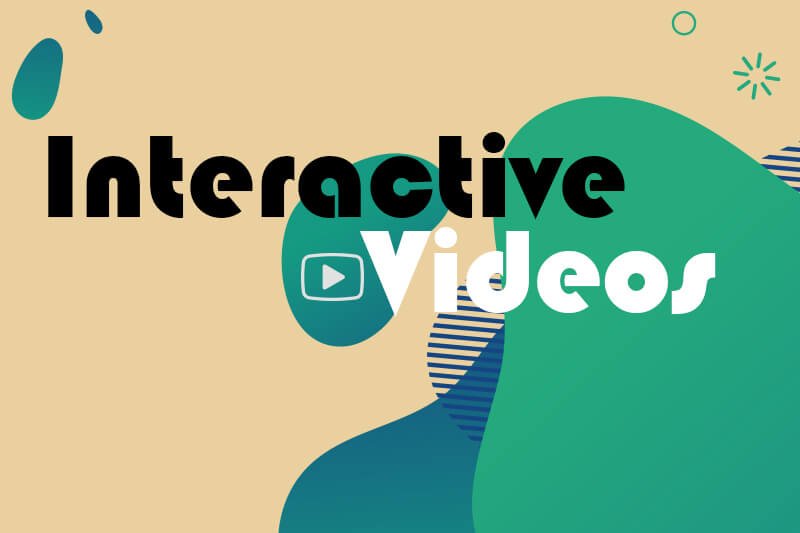Gamification

Overview
In today’s fast-paced world, keeping up with the ever-changing demands of various industries can be challenging. Gamification has emerged as a popular strategy to engage learners and achieve desired outcomes in diverse settings, from education to business and healthcare. By incorporating game elements into non-game contexts, gamification can increase engagement, motivation, and retention. But what exactly is gamification, and how does it add value to e-learning?What is gamification?
Gamification is the use of game elements, mechanics, and design in non-game contexts to increase engagement, motivation, and retention of desired behaviors and outcomes. This approach involves incorporating elements such as points, badges, leaderboards, challenges, and rewards into activities that are not traditionally considered games, such as educational or corporate training programs, healthcare programs, and marketing campaigns. The goal is to make the activity more enjoyable, immersive, and effective in achieving desired outcomes by tapping into people’s natural tendency towards competition, achievement, and fun.Benefits of gamification
Gamification can offer numerous benefits to e-learning. Here are some proven advantages of incorporating gamified learning, which demonstrate why you should consider it:-
Increased engagement and motivation
Gamification elements such as points, badges, and leaderboards have proven to be effective tools in making learning more engaging and motivating for employees. These elements provide learners with a sense of achievement and progress, which is essential in motivating them to continue learning and completing tasks. By tracking progress and awarding points and badges, learners receive immediate feedback and recognition for their efforts, which can be highly motivating. Additionally, leaderboards create a sense of competition among learners, driving engagement and motivation to work harder and move up the rankings. -
Improved retention and transfer of knowledge
Game-based learning uses gaming principles to engage learners and make the learning process more interactive and fun. By providing clear objectives, repetition, and practice, games can make the information presented more memorable and improve recall. This approach can increase the likelihood that employees will retain and recall what they’ve learned, resulting in improved learning outcomes and better performance. -
Opportunities for real-world application and practice
By tailoring the gamification elements to align with specific organizational goals, employees can better understand how their learning fits into the bigger picture of the company’s success. This can help motivate employees to engage more deeply with the learning process, leading to improved performance and outcomes. -
Personalized learning experiences
Gamification provides employees with the flexibility to learn at their own pace, leading to increased adaptability. This personalized approach to learning allows employees to control their learning experience, leading to a more agile and continuously improving workforce.
Gamification elements and strategies
Gamification in learning doesn’t necessarily require creating a complete video game. Instead, effective gamification involves integrating elements from games that make them engaging, motivating, or educational into online learning experiences. To apply gamification in learning, it is recommended to include features such as:-
Points, badges, and leaderboards
Gamification elements such as points, badges, and leaderboards are commonly used to incorporate game-like features into non-game contexts to motivate individuals to engage with the activity or behavior being gamified. Points can track progress and measure performance, badges provide visual representations of achievements, and leaderboards rank individuals based on their performance or progress. The effectiveness of gamification depends on how well these elements are designed and integrated into the activity or behavior being gamified. -
Storytelling and narrative elements
Storytelling can help to create an emotional connection with the activity or behavior being gamified, making it more memorable and meaningful. Narrative elements, such as characters, plot, and setting, can provide a sense of context and purpose to the gamified experience. By integrating storytelling and narrative elements into gamification, individuals can be motivated to engage with the activity or behavior in a more personal and meaningful way, leading to increased engagement and better outcomes. For example, a financial education app could use storytelling to create a relatable character who learns about managing their finances, while incorporating narrative elements like levels and achievements to track progress and incentivize continued engagement. -
Quests and challenges
Quests are a series of tasks or activities that are designed to be completed in a specific order or sequence, leading to a sense of accomplishment and progress. Challenges, on the other hand, are more focused on competition and achievement, often involving a specific goal or outcome that must be achieved within a certain timeframe. By incorporating quests and challenges into gamification, individuals can be motivated to engage with the activity or behavior being gamified in a more goal-oriented and achievement-focused way. For example, a language learning app could use quests to guide individuals through different lessons and activities, while challenges could involve timed quizzes or tests to assess progress and achievement. -
Feedback and rewards
Feedback and rewards are two key strategies that can encourage users to take desired actions and behaviors. Feedback provides users with information on their progress and performance, while rewards motivate and reinforce desired behaviors. To apply this strategy effectively, set clear goals and objectives, provide relevant feedback, offer meaningful rewards, and use data analytics to continually improve the system. Ultimately, gamification with feedback and rewards can increase user satisfaction and retention.
How Zilliobit can help you with gamification?
At Zilliobit, we’re passionate about gamification and its potential to create impactful learning experiences. Our team of experts is dedicated to designing custom solutions that engage and motivate learners, resulting in better learning outcomes and lasting behavioral change.With Zilliobit, you can be sure that your desired impact will be achieved through gamification. Whether you’re looking to increase employee productivity, improve customer satisfaction, or achieve any other goal, we’re here to help you create an experience that inspires learners to succeed.
Do you want to take your learning programs to the next level and make them more engaging and motivating?
Let’s Talk


